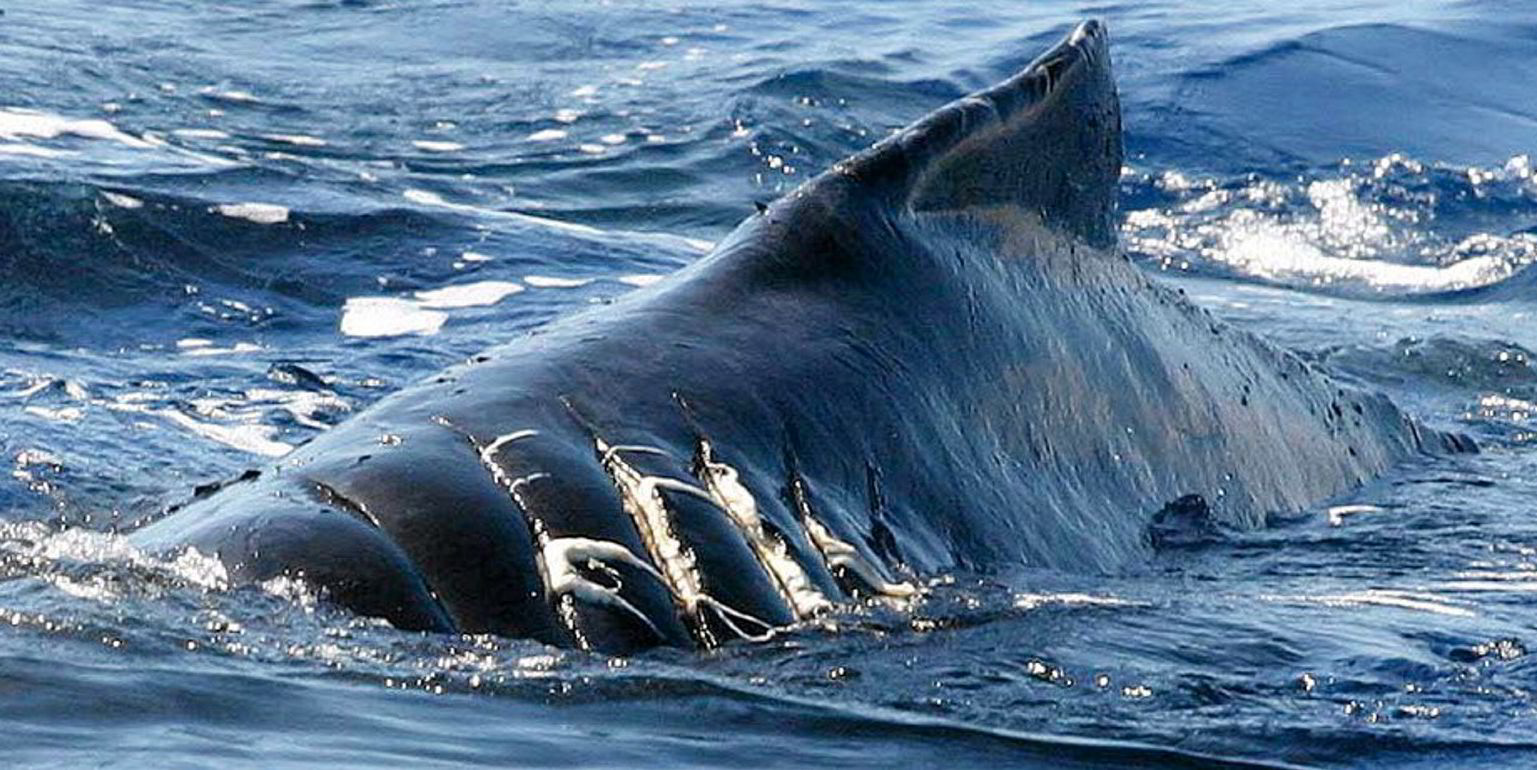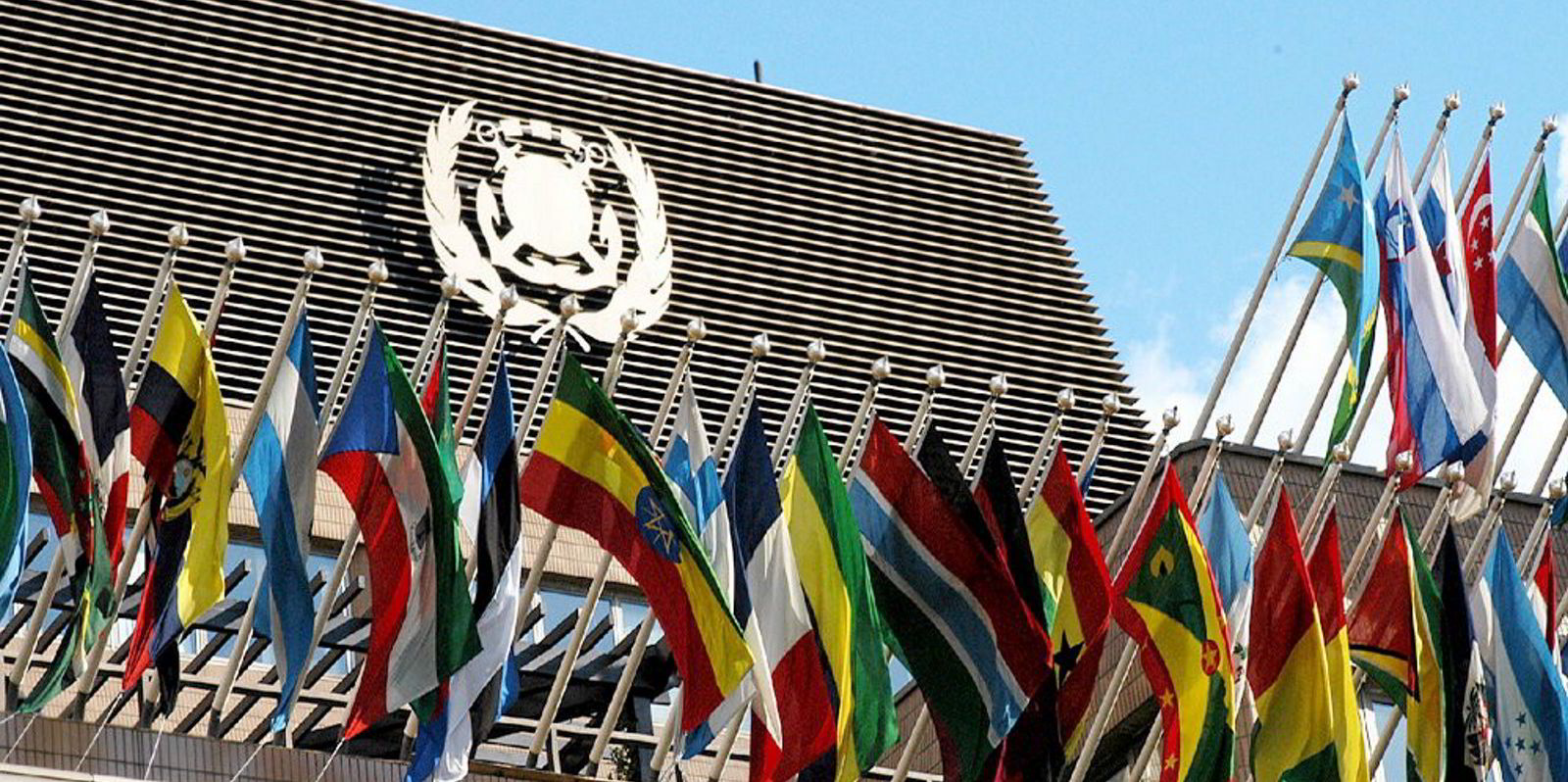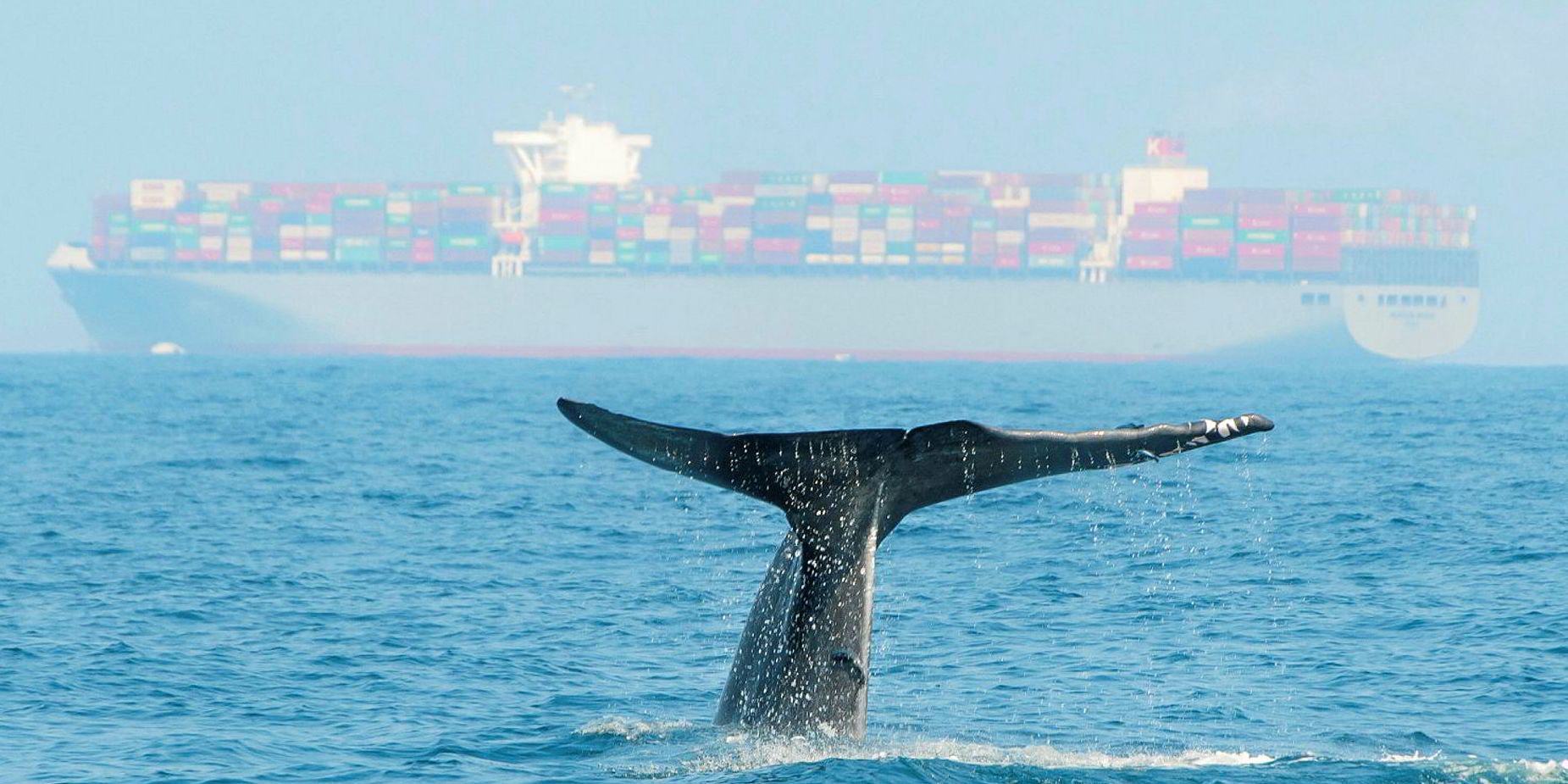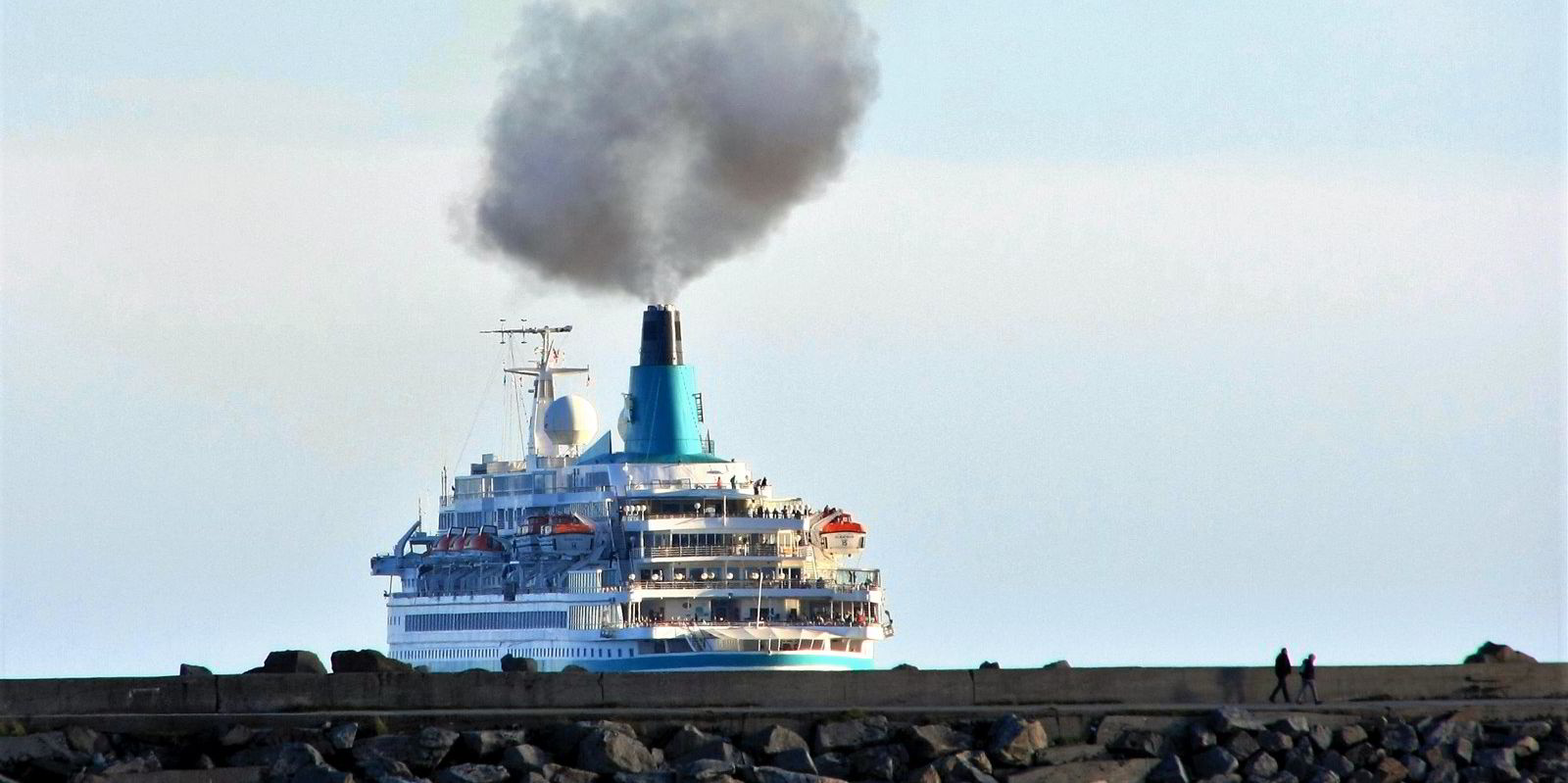An International Maritime Organization drive to develop technical measures to reduce marine noise pollution has raised concerns that it could damage the regulator's decarbonisation efforts.
Work on the noise pollution programme will get underway at the IMO's upcoming ship design and construction meeting this month.
The gathering is looking at ways of advancing, and encouraging compliance with, a set of noise pollution guidelines set out in 2014, which the IMO wants to start upgrading in 2023.
Papers submitted ahead of the meeting have indicated the issue may put pressure on already stretched IMO resources, which have been focused on the pressing issue of decarbonisation.
A filing from European Union member states said that noise pollution is growing and needs to be tackled. But it described the issue as a "low priority compared to other sustainability concerns within the shipping industry".
Canada — which is leading the group seeking to progress the initiative — has said work needs to be done on how technical efficiency measures to reduce carbon emissions will impact on marine noise pollution. It added that it wanted to explore areas where there are possible benefits for both decarbonisation technology and noise reduction.
Japan is arguing that there could be conflicts between some technical proposals to reduce noise pollution and measures to reduce greenhouse gas emissions. Slow steaming and some energy efficiency devices, Japan suggested, might have benefits for both noise reduction and reducing carbon emissions.
Negative impact
But to achieve the higher levels of noise pollution reduction would require increasing the size of the propeller blade to reduce cavitation, which would negatively impact on fuel efficiency.
"As a side effect, the expansion of blade area will increase blade drag, which induces a deterioration of propeller efficiency. Eventually an increase in greenhouse gas emissions cannot be avoided," Japan said.
The International Whaling Commission is suggesting that slow steaming would be an effective way of reducing the impact of noise pollution on marine life and emissions. However, it is also calling for vessels to divert, which could add to voyage time and as a result higher emissions.

There are further issues that will require the IMO and its members to commit technical resources.
Many submissions emphasised the need to measure underwater noise levels before embarking on a revision of the current guidelines.
Japan suggested it is first necessary to measure the levels of ambient noise pollution, to which marine life is routinely exposed, to understand how it is affected by additional noise pollution from ships.
Ambient noise varies enormously from region to region and at different depths, it suggested.
"The impact of underwater noise emitted from ships on marine life depends on the regional soundscape," Japan said.
Also, the hearing capability of marine life varies among different species and would need to be scientifically analysed.
That raises the question of what frequency of noise, and what types of marine life, should the regulation of shipping noise pollution be aimed at.
"The acceptable noise level could vary depending on the hearing characteristics of the organism," Japan argued.






